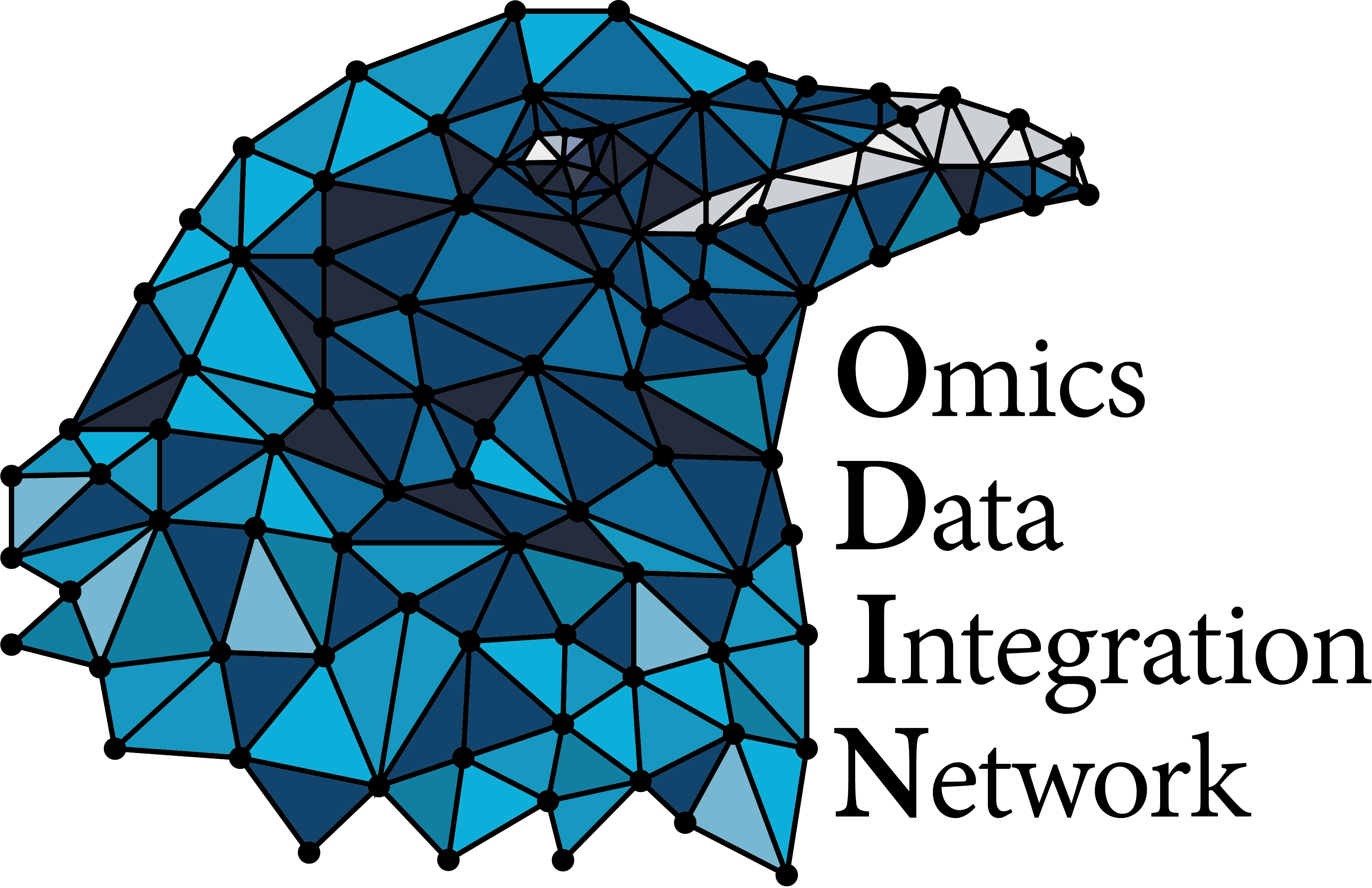Types of modules
Cytometry Modules
Cytometry-high_resolution_clustering
Cytometry
Single-cell
Secondary Analysis
Cytometry-differential_abundance_analysis
Cytometry
Single-cell
Statistical analysis
Lipidomics Modules
MS_based_lipidomics-Peak_area_analysis
Lipidomics
Bulk
Statistical analysis
Proteomics Modules
MS_based_proteomics-LFQ_data_analysis
Proteomics
Bulk
Statistical analysis
Transcriptomics Modules
Bulk_RNAseq-nfcore_pipeline
Transcriptomics
Bulk
Primary analysis
Ex_situ_ST-space_ranger
Transcriptomics
Spatial
Primary analysis
In_situ_ST-output
Transcriptomics
Spatial
Primary analysis
scRNAseq-cell_ranger
Transcriptomics
Single-cell
Primary analysis
In_situ_ST-read_and_integrate
Transcriptomics
Spatial
Secondary Analysis
scRNAseq-integration_of_multiple_samples
Transcriptomics
Single-cell
Secondary Analysis
Bulk_RNAseq-Differential_analysis
Transcriptomics
Bulk
Statistical analysis
Ex_situ_ST-reference_free_celltype_deconvolution
Transcriptomics
Spatial
Statistical analysis
In_situ_ST-cell_annotation
Transcriptomics
Spatial
Statistical analysis
In_situ_ST-niches_and_domain
Transcriptomics
Spatial
Statistical analysis
scRNAseq-cell_annotation
Transcriptomics
Single-cell
Statistical analysis
scRNAseq-differential_abundance_analysis
Transcriptomics
Single-cell
Statistical analysis
scRNAseq-differential_expression_analysis
Transcriptomics
Single-cell
Statistical analysis


